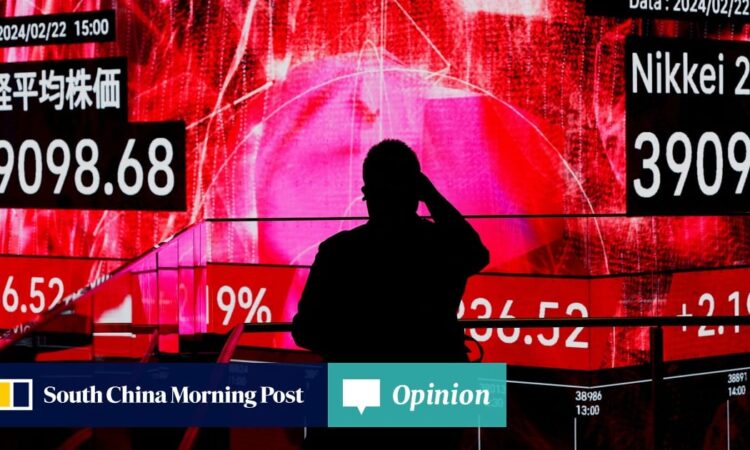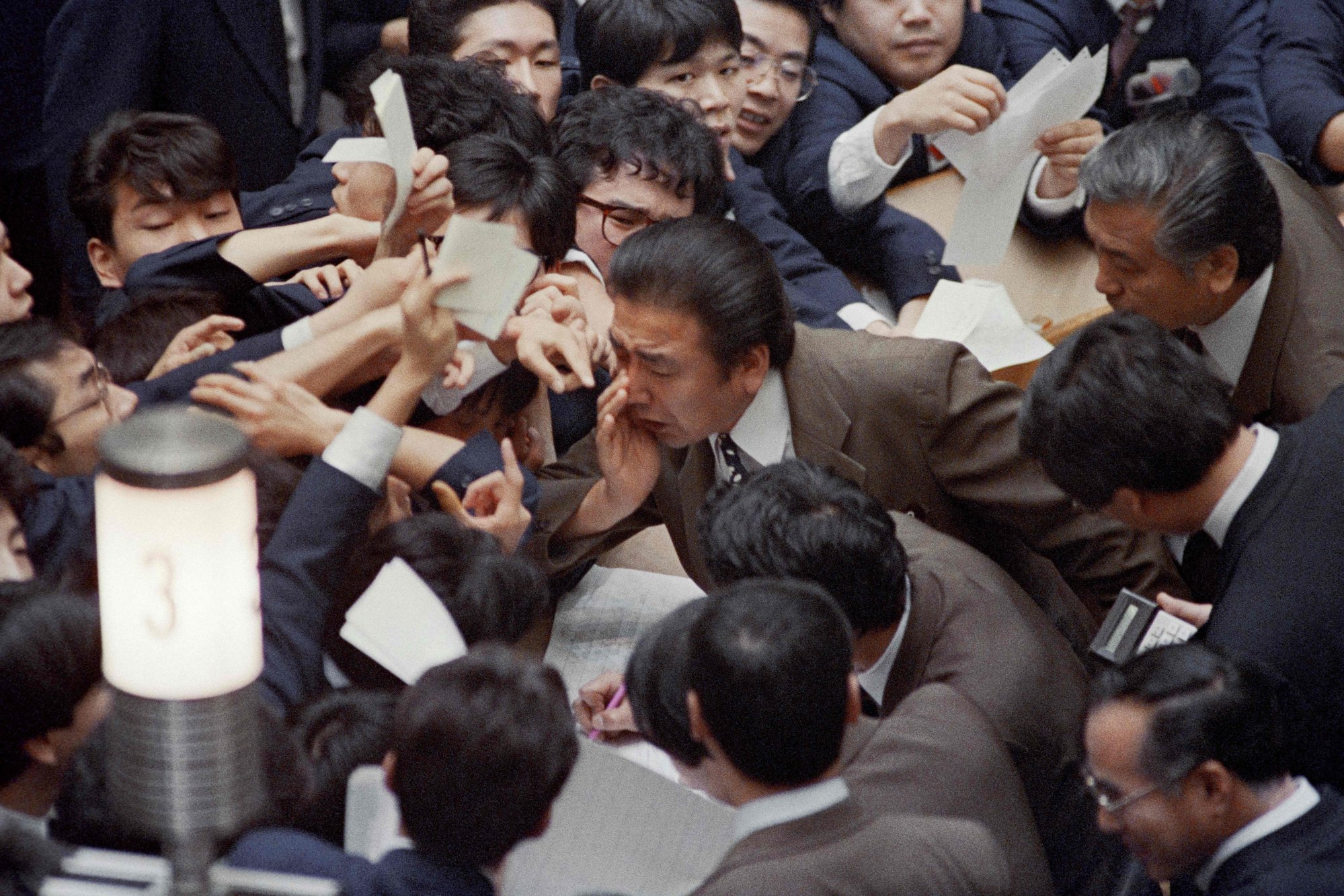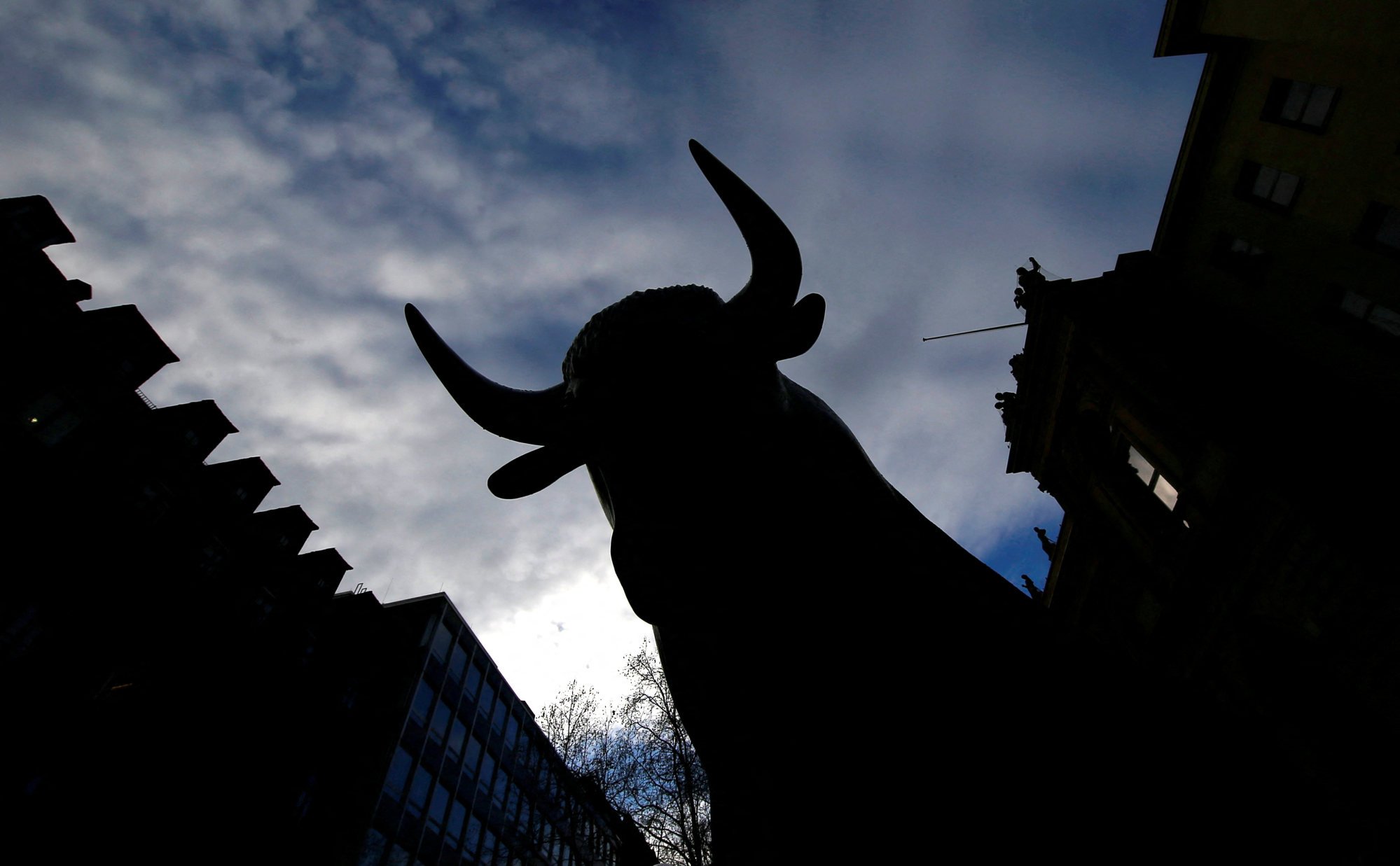
One day last week, my screen of daily global stock market price indices was a sea of green as every price was up. India touched an all-time high a month ago, earlier this month it was Australia and last week the EuroStoxx 600, the US S&P 500, Taiwan and Japan all breached all-time highs.
Lesson One of investment is that what goes up in a surge of narrative often comes down sharply as the strands of the narrative mutate into more realistic assessments of the events. The Nikkei index plummeted 56 per cent in the next four years and only levelled off 20 years later, more than 80 per cent below the high.

Lesson Three is the “rule of thirds”, as, based on my observations, markets often react to a big move by reversing a third of the original amount.
By the end of May 1992 – you guessed it, the market was up by a third. History does not exactly repeat itself, but it can rhyme in tune with similar situations in the past. It will not exactly repeat, though, because of the different strength and timing of new market narratives. Lesson One was relearned as the market fell by nearly a quarter between May and October 1992.

During the conference, a confident German analyst said that the market would turn round and go up from here. How we laughed at him! It was around the end of the month and he was dead right.
Lesson Six taught me that market movements significantly lead economic indicators and that investors should be contrarian and be ready for the unexpected.
In keeping with the lessons so far, the market rose by nearly two-thirds (Lesson Three). It peaked nicely on the first day of trading in 1994 (Lesson Four), within a shade of the all-time high from 1990 (Lesson Six) and outperformed the S&P 500 (Lesson Three). Every stock in my portfolio was up, most up a quarter and some by more than 50 per cent.
Lesson Eight says that narrative shocks cause market volatility, but once the financial system has adapted to the waves of narrative disruption, relative calm is restored until the next shock upsets the steady state – and that could take a while.
These lessons are derived from my experience and are still valid today. Shanghai and Hong Kong are missing from the all-time high party as they last peaked in 2007 and 2018, respectively.
Dr Richard Harris is chief executive of Port Shelter Investment and is a veteran investment manager, writer and broadcaster, and financial expert witness


